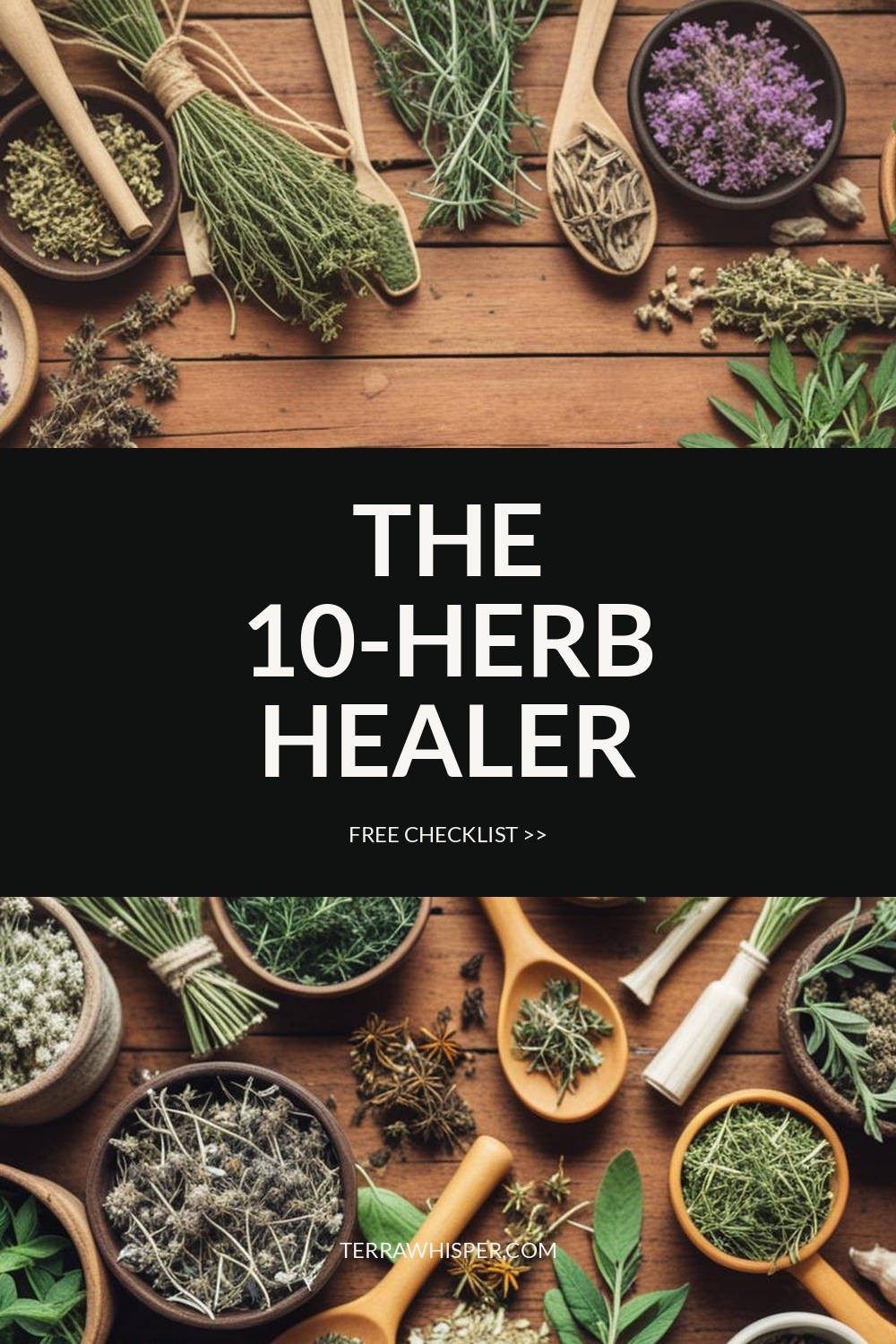Chinese Foxglove (Rehmannia Glutinosa)
Information Reliability Score: 2/10
This score reflects the overall reliability of the information presented in this article. It is based on the quality of scientific evidence, accuracy of sources, and the transparency of references related to Rehmannia glutinosa.
Chinese Foxglove, scientifically known as Rehmannia glutinosa, is a traditional medicinal herb widely used in Chinese medicine for its adaptogenic and restorative properties. It is prized for its ability to nourish the kidneys, strengthen the bones, and support overall vitality, making it a key ingredient in formulas aimed at treating fatigue, infertility, and chronic conditions. Historically, it has been used in traditional Chinese medicine for centuries to promote longevity and balance the body's energy, or "qi." In modern wellness practices, it is often incorporated into supplements and herbal remedies to enhance immune function, reduce inflammation, and support hormonal health. One of its unique features is the presence of iridoid glycosides, such as catalpol, which contribute to its distinctive bitter-sweet flavor and therapeutic effects.
FREE CHECKLIST
The Only 10 Herbs You Need to Heal 90% of Common Ailments.

